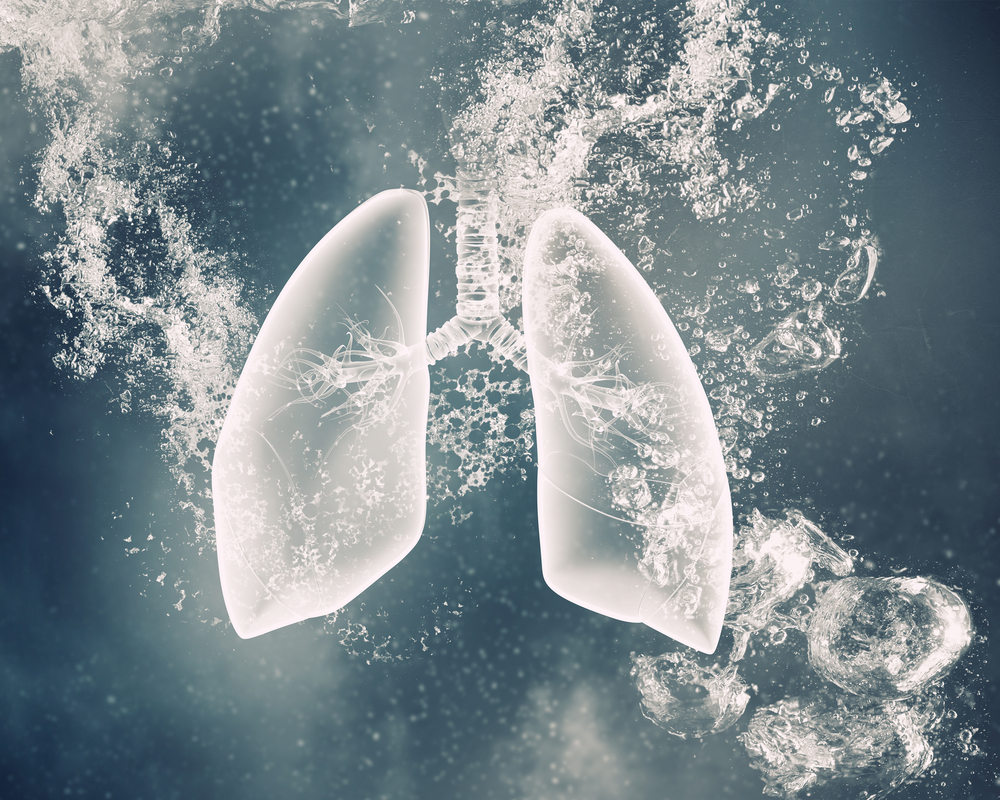Interferon Therapy Seen as Notable Risk Factor for Pulmonary Arterial Hypertension

Pulmonary arterial hypertension (PAH) is a rare complication in hepatitis C or multiple sclerosis patients using interferon α or β therapy, but still one that’s substantially more common in these people than in the general population, suggesting a link between the therapy and PAH, researchers reported.
Type I interferons, including interferon α and β, are naturally occurring compounds in the body, generated in response to viral infections or tumor cells. Therapies based on an interferon increase the levels of these molecules, and are often used to treat viral infections and to activate the immune system. Although beneficial, interferon therapy is linked to serious side effects in some people, including PAH.
Researchers at the University of Texas Medical Branch used a nationwide population-based study to better understand interferon α and β therapy’s possible role in PAH development. Their article, “Pulmonary arterial hypertension associated with interferon therapy: a population-based study,“ appeared in the journal Multidisciplinary Respiratory Medicine.
Using a private insurance claims database for the years 2001–12, they searched for people, ages 20 to 65, with either hepatitis C or multiple sclerosis (MS) who had used interferon α or β therapy for at least one year after their diagnosis. The patients were followed for a median of 20 months.
Over 20,100 people were included in the study. The majority were between 40 and 59 years old, and more than two-thirds had hepatitis C.
Other conditions, in addition to interferon therapy, may contribute to pulmonary hypertension, including hypertension, diabetes, congestive heart failure, and hepatitis B or alcohol-related liver disease. Patients evaluated had several of these comorbidities, the investigators reported, but “their prevalence in the cohort was much less than in general population.”
In total, 71 of these patients developed pulmonary atrial hypertension during the years investigated; 60 cases were found among hepatitis C patients and 11 among those with MS. Importantly, seven of them were shown to be treated for PAH. Common comorbidities in this group were chronic liver disease other than hepatitis C (42.3%), hypertension (33.8%), and diabetes (22.5%), the researchers said.
“At first glance, the incidence appears low. However, when compared to the baseline risk in a general population, the incidence is quite substantial,” the researchers wrote, noting that the “estimated incidence of PAH is 1.1 per 76 million” people — meaning that in a study group of 20,113 people, no confirmed PAH cases (“less than one,” in their words) should have been found.
“However, we identified 7 cases. This suggests that the risk of developing PAH in patients receiving interferon α or β therapy is several fold higher than in general population,” they wrote.
“Although our analysis showed that the development of PAH is a rare event with interferon therapy, the risk of developing the disease is several fold higher than that for the general population,” the researchers concluded, suggesting interferon α and β therapies are possible risk factors for PAH development.







